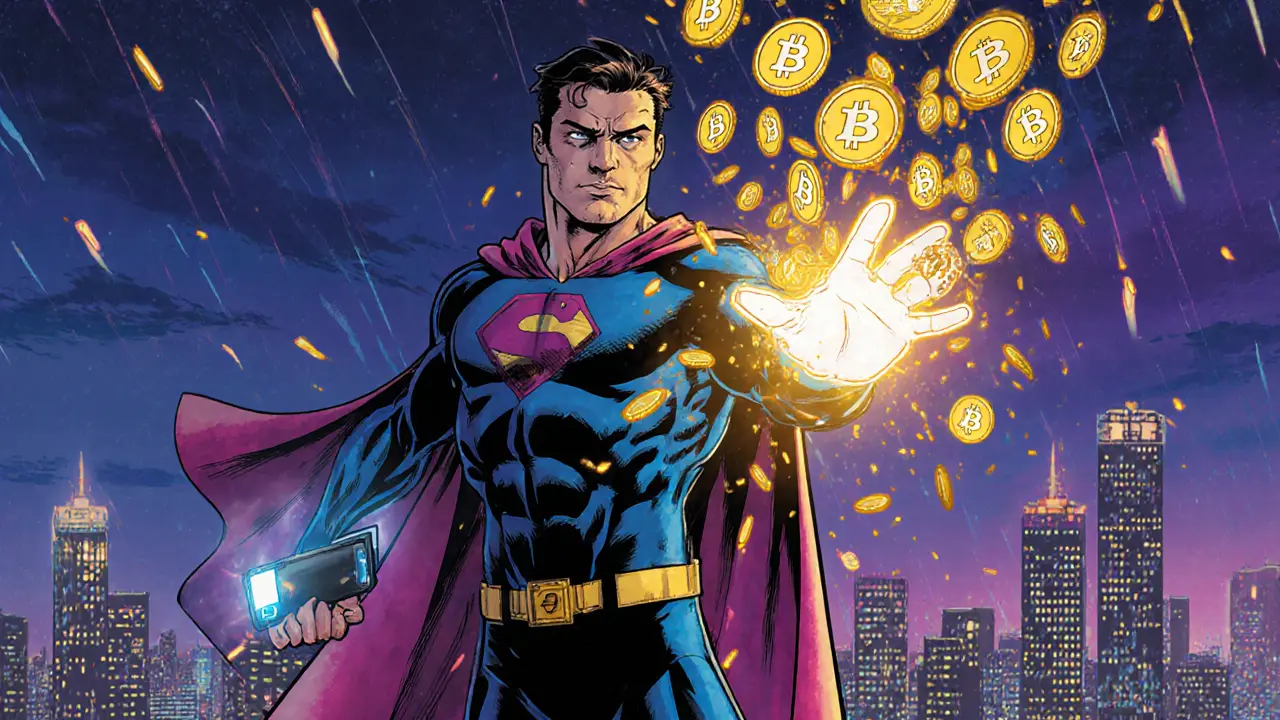When working with airdrop, a free distribution of crypto tokens to a community of users. Also known as token giveaway, it helps projects attract attention and reward early supporters. airdrop campaigns can be simple or involve complex criteria, but the core idea stays the same – users receive tokens at no cost.
To understand why airdrops matter, you first need to know what a crypto token, a digital asset that represents value or utility on a blockchain is. Tokens can power decentralized apps, grant voting rights, or act as a store of value. When a token is handed out for free, it creates instant exposure and can jump‑start a network effect. This relationship—airdrop distributes crypto tokens—is the engine behind many launch strategies.
One of the biggest influencers of airdrop reach is the platform that lists the campaign. CoinMarketCap, a leading crypto market data aggregator often hosts official token giveaway pages, and its badge can signal credibility to participants. In practice, projects use CoinMarketCap to announce eligibility rules, track distribution numbers, and boost visibility. The link between airdrop and CoinMarketCap shows how data services shape token distribution dynamics.
Eligibility criteria vary widely. Some campaigns require holding a specific token, others need you to complete a short survey, and a few ask for social media actions like retweets. The more steps involved, the higher the barrier, but also the more engaged the audience becomes. Risk comes from fake airdrop scams that mimic legitimate projects. Always verify the source—official website, verified social accounts, and reputable aggregators reduce the chance of falling for a trap.
Gaming tokens have become a hot sub‑category of airdrops. Projects like Knight War (KWS) or PolkaWar (PWAR) tie token drops to game participation, rewarding players for achievements or early sign‑ups. This airdrop‑gaming token combo fuels community growth and creates a loop where gameplay drives token value, and token value incentivizes more gameplay. If you enjoy Play‑to‑Earn games, keep an eye on these niche airdrop opportunities.
Beyond eligibility, the distribution method matters. Some projects use a snapshot—recording wallet balances at a specific block—and then airdrop proportionally. Others employ a claim‑button where users manually request tokens. The snapshot approach ties the airdrop directly to holding behavior, while the claim method can capture new users who don’t yet own the token. Understanding these mechanics helps you pick the right strategy for your own project or decide which airdrop best fits your portfolio.
Tax implications are another piece of the puzzle. In many jurisdictions, receiving a free token is a taxable event, and you may need to report its fair market value at the time of receipt. Ignoring tax duties can lead to penalties later. A quick check with a crypto‑savvy accountant keeps you compliant.
In summary, a successful airdrop blends clear token utility, trustworthy platforms like CoinMarketCap, well‑defined eligibility, and transparent distribution methods. It also respects user safety by avoiding scams and complying with tax rules. Below you’ll find a curated collection of articles that dive deeper into specific airdrop campaigns, token mechanics, and practical tips for both shooters and receivers.

Learn what CAKEBANK is, why its airdrop details are scarce, and how to safely assess any future distribution. Get a checklist, comparison table, and FAQ.